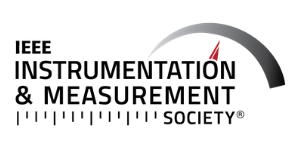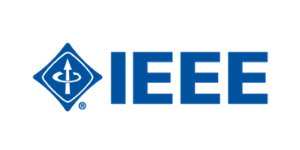Charge Measuring Electronics in Medical Applications
Low-noise current and charge sensing circuits are pivotal in a large variety of biomedical instruments, spanning from electrochemical biosensors to photodetectors for visibile and gamma radiation. In this tutorial, the common design challenges and guidelines will be discussed, with special focus on front-end CMOS ASICs. Applicative examples will focus on diagnostics, both from the (apparently opposite) perspectives of nano-biosensors, leveraging molecular affinity (miniaturized and integrated with lab-on-chip microfluidics), as well as hospital-based scanners for medical imaging. Advances and technical solutions to achieve compatibility of sensitive detection circuits with large magnetic fields enabling multi-modal medical imaging and diagnostics will be presented.
A Gentle Introduction to DOE
DOE means design of experiments. When one wants to infer information from the reality, one has to compute statistics from data. These data may have been harvested from observations or they may be the yield of a designed experiments. It is this second case that we will talk about during the seminar.
When designing an experiment, the objective is to obtain data that will allow the researcher to bring a clear conclusion: what parameters of the experiment are of importance? Is the interaction between two parameters contributing to the phenomenon or conversely diminishing the individual effects of the parameters? Where is the optimal response? Where is the phenomenon most stable?
This tutorial will show through three simple cases, how this can be implemented in an experiment. The objectives are to show what type of benefit this type of methodology can bring when applied to your domain of investigations.


